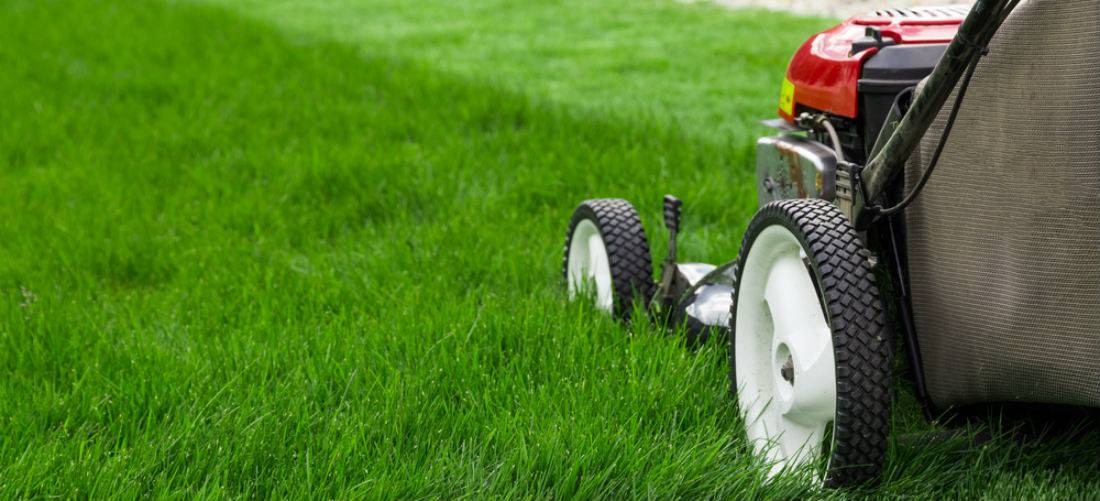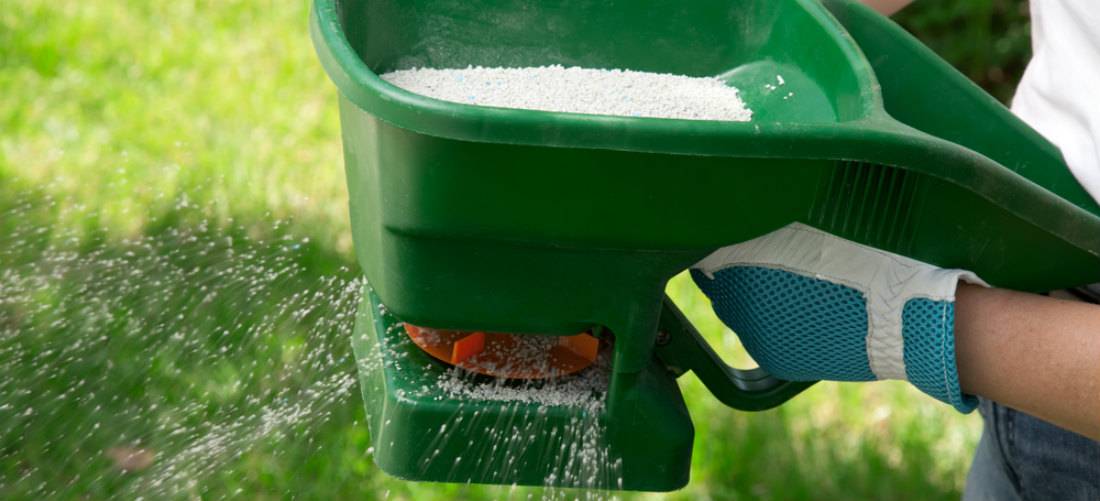Before the snow even falls, you make great efforts to winterize your home so the freezing months won’t be disastrous for you and your family. However, there’s one part of your home that you most probably have forgotten to winterize at one point—your front lawn!
In this article, we would help you prep up your lawn just in time before winter arrives. Here’s a checklist of 6 lawn care tips that could also serve as your guide!

1) Mow
Continue mowing your lawn and keep it regularly watered until before fall ends. Then, adjust your mower’s blade to its lowest setting just before the season changes. This way, sunlight could easily penetrate the crown of the grass, resulting to less brown leaves during the icy months.
2) Aerate your lawn
Your lawn needs all the oxygen and nutrients it can get before winter; fall is an advisable time to do some aerating. Use a lawn aerator in doing this. Lawn aerators are gas-powered machines that automatically drill holes into the soil and remove unnecessary portions of dirt.
3) Grab that rake
It is equally important to do some lawn cleaning in preparation for winter. Using your trusty rake, get rid of the fallen leaves that have accumulated in your lawn throughout the season. Leaves that have gathered up could become soaked in rain and dew, and when they do, they could practically suffocate your grass and literally be a breeding ground for fungi and other plant diseases. Aside from your rake, you can also use a lawnmower that has a vacuum with a collection bag which would definitely make the task easier for you to accomplish, especially if you have a big yard.

4) Fortify with fertilizer
During autumn, the grass on your lawn may seem to be slow in growth, but they’re actually absorbing more nutrients and moisture from the soil at this time so that it would be able to survive in winter. In addition to this, rhizomes, which are responsible for grass growth, grow at a faster rate in the fall. Fertilizers play a big role in helping your grass thrive for longer periods of time since they give nourishment particularly to the rhizomes. Apply a consistent layer of fertilizer to the soil through manual or mechanical means—you’d be guaranteed to have healthier grass in the spring!
5) Perform quick fixes
Chances are, there might be bald spots in your lawn that you’ve failed to notice before. Now is the perfect time to do quick fixes for these! Visit a gardening shop near you and purchase some lawn repair mixture. A lawn repair mixture typically contains grass seed, basic fertilizer, and organic ingredients. Loosen up the soil on the bare spot/s on your lawn using a rake. Next, spread a thick and even layer of the mixture on it then water it. Don’t forget to keep the spot/s watered every other day for a period of 2 weeks.
6) Wipe out the weeds
Eliminate pesky weeds that could steal and take nutrients away from your grass as soon as possible. Herbicides are your best bet in combating harmful weeds without causing damage or wilting to your grass. Always keep in mind to read the instructions first before using herbicides; brands may have different recommendations as to when and how much product you should apply to your grass.
This guide will surely make lawn-prepping a breeze for you. Stay tuned for more home improvement tips!













Write a Comment